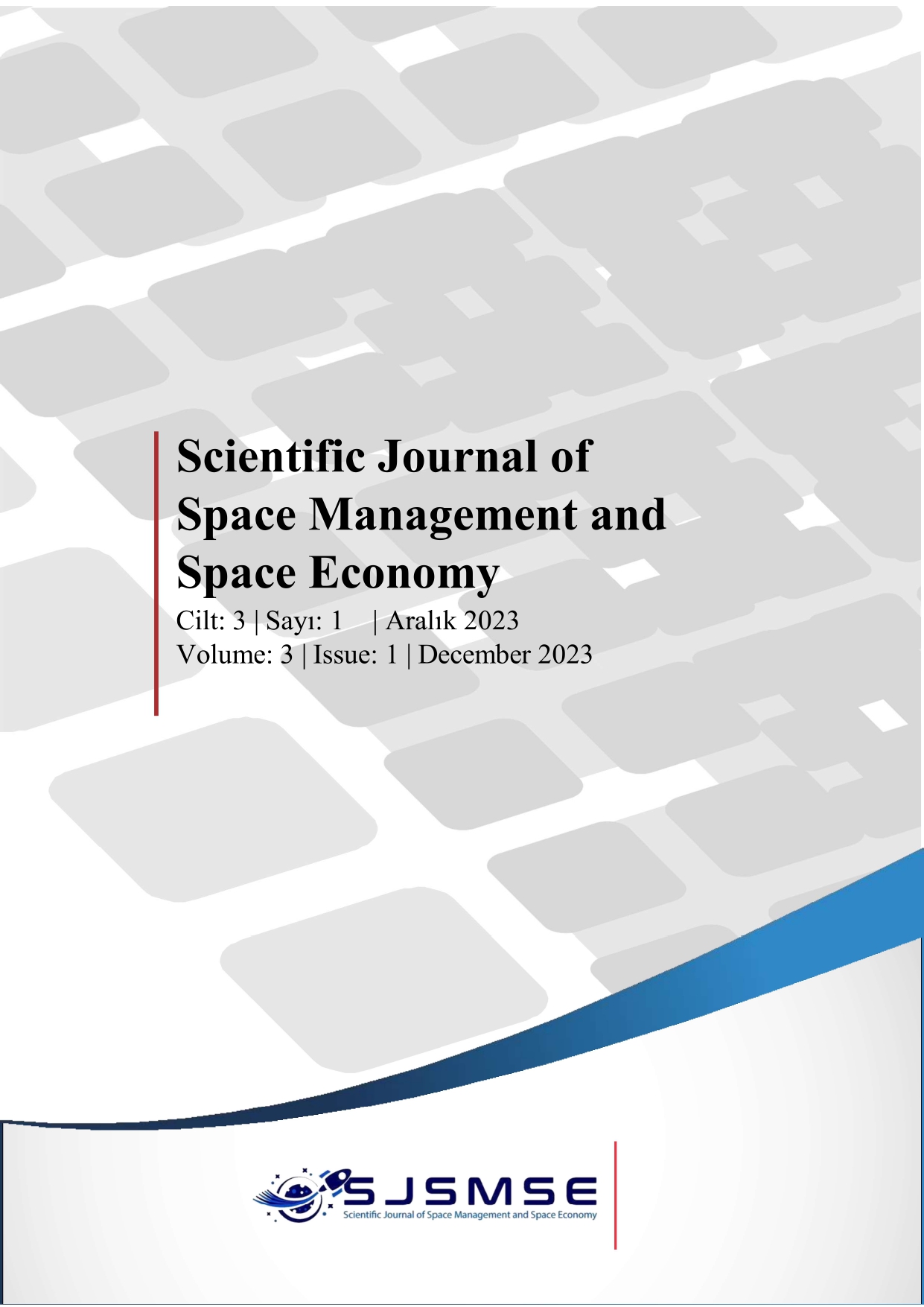CASE STUDY OF INVERTER AIR CONDITIONING LOGIC DURING OVERCHARGE REFRIGERANT
Keywords:
Overcharge Refrigerant, Inverter Air Conditioning, MaintenanceAbstract
Preventative maintenance is a vital process for all mechanical machines. Known as routine or scheduled maintenance, it can be derived as a servicing and inspection activity aimed to prevent equipment from malfunction. It is a critical process because it prevents any machines from facing a breakdown which will cause an operation interruption and disturbance. For residential air conditioning systems, routine maintenance must be performed based on the usage frequency where a higher usage means an increase in maintenance activity. There are several air conditioner system parameters that need to be monitored during the maintenance activity which include refrigerant charge pressure (psi), operation current (amp), voltage (V), indoor unit supply and return temperature (°C). However, for an inverter air conditioner, an additional parameter needs to be observed which is compressor discharge temperature (°C) and expansion valve opening value (pls). However, these additional two parameters often been neglected which cause an overcharge of refrigerant level during an inverter air conditioner system maintenance activity. An overcharged refrigerant in an air conditioning system will cause a drop in cooling capacity, increase energy consumption, and shorten the lifespan of the equipment. Main objective for this study is to observe parameter changes that occur on inverter air conditioners during an overcharge refrigerant state. The observed parameter includes discharge temperature, expansion valve opening and operation current. Finding a suitable air conditioner capacity done prior to the experiment starts by calculating the cooling load requirements for the experiment area. Once the cooling load is determined, the installation of an R32 inverter air conditioner takes place and observation for overcharge refrigerant data is recorded. Based on the observations and recorded data, the compressor discharge temperature was reduced by 12%, 32% of the refrigerant flow was reduced due to the closure of the expansion valve and the compressor frequency drops by 17% when an extra 10% of refrigerant is added into the system.


